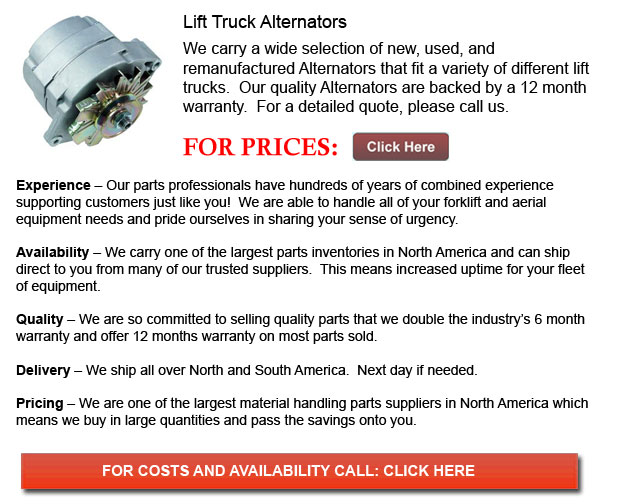
Forklift Alternators - An alternator is actually a device which transforms mechanical energy into electric energy. This is done in the form of an electrical current. Basically, an AC electrical generator could likewise be labeled an alternator. The word typically refers to a small, rotating device driven by automotive and various internal combustion engines. Alternators which are located in power stations and are driven by steam turbines are actually known as turbo-alternators. Nearly all of these devices utilize a rotating magnetic field but occasionally linear alternators are also used.
A current is generated in the conductor when the magnetic field all-around the conductor changes. Generally the rotor, a rotating magnet, spins within a set of stationary conductors wound in coils. The coils are located on an iron core known as the stator. When the field cuts across the conductors, an induced electromagnetic field also called EMF is produced as the mechanical input causes the rotor to turn. This rotating magnetic field produces an AC voltage in the stator windings. Typically, there are 3 sets of stator windings. These physically offset so that the rotating magnetic field generates 3 phase currents, displaced by one-third of a period with respect to each other.
"Brushless" alternators - these make use of brushes and slip rings together with a rotor winding or a permanent magnet in order to produce a magnetic field of current. Brushlees AC generators are normally located in larger machines like for example industrial sized lifting equipment. A rotor magnetic field may be generated by a stationary field winding with moving poles in the rotor. Automotive alternators usually use a rotor winding which allows control of the voltage produced by the alternator. This is done by varying the current in the rotor field winding. Permanent magnet devices avoid the loss because of the magnetizing current within the rotor. These devices are restricted in size due to the cost of the magnet material. As the permanent magnet field is constant, the terminal voltage varies directly with the generator speed.
![]() Click to Download the pdf
Click to Download the pdf
Forklift Parts
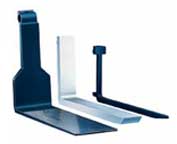
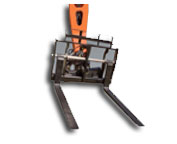
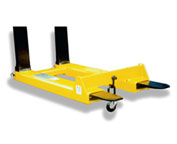
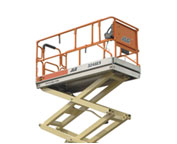
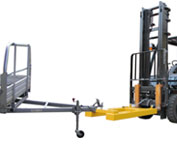
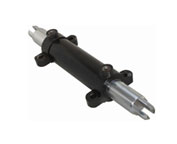
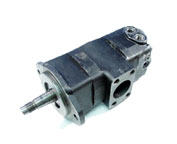
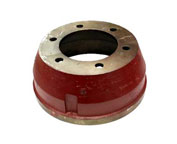
Lift Parts Express
TOLL FREE: 1-888-695-7994
Milwaukee, Wisconsin
forkliftpartsmilwaukee.com
Email Us
About Us


